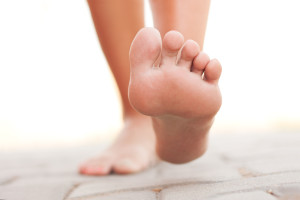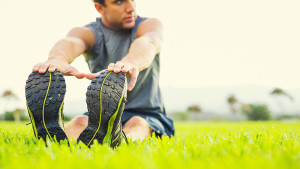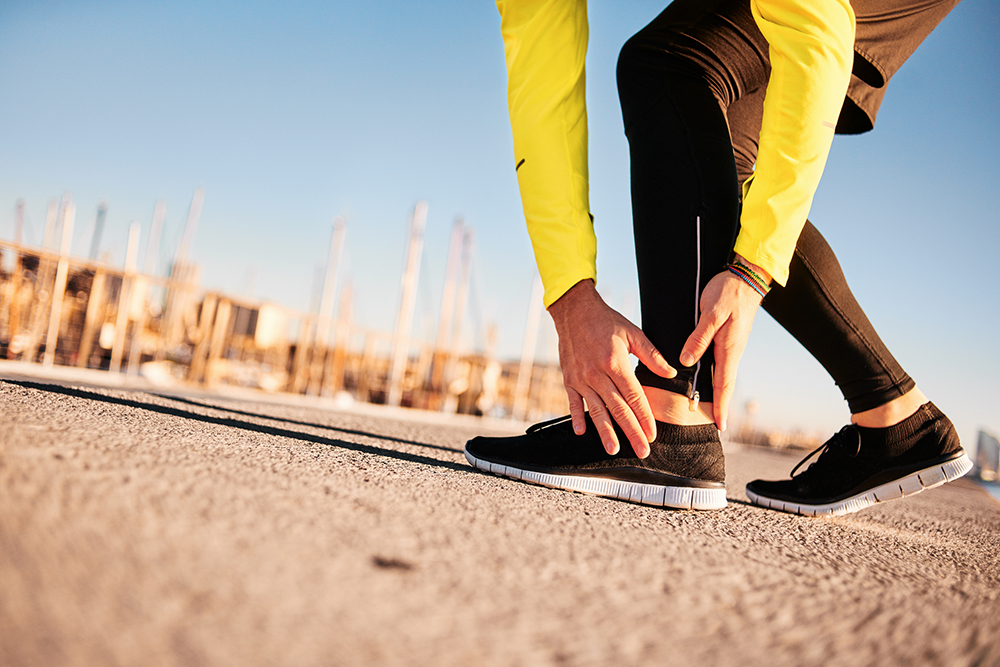The vast majority of American adults, 77 percent, have experienced foot pain. Runners are especially vulnerable. Here are 4 common causes of runner foot aches and simple tips on self-treatment.
Foot pain: General Overview & Statistics
Shockingly, more than three-quarters of American adults have experienced foot pain. A 2014 study from the American Podiatric Medical Assocation polled 1000 American men and women, and 77% said that they have suffered from pain in their feet at some time.
It’s easy to understand why this issue is so prevalent when you look at the extent to which the feet are used every day. When you add up the 5000 steps an average person takes daily, each of us circles the planet five times throughout our lives, according to the Society of Chiropodists & Podiatrists.
Top 4 causes of runner foot pain
The speed and collective impact of running often leads to foot pain conditions. Here are four typical causes that every runner hopes to avoid:
- Plantar Fasciitis: The primary symptom of plantar fasciitis is an intense pain centered at the bottom of the foot. Generally speaking, it is a result of overuse. More specifically, it could arise because of a problem with your form, footwear, or overly aggressive training. “Treating plantar fasciitis is a matter of identifying what your root cause is, making sure you’re running in shoes that offer enough support, and possibly using an insert or orthotic,” notes Active.
- Stress Fracture: Stress fractures are fissures that develop in the foot bones, particularly the metatarsals. The physical condition tends to develop gradually, but the pain arises suddenly and severely. It’s usually necessary to take a break of about a month and a half. Switch to other forms of training during your time off.
- Extensor tendinitis: This form of tendinitis involves inflammation of the extensor tendons – bands of tissue that extend from the muscle at the shin and to each of the digits, allowing you to use your toes and foot effectively. “Ice the tendons to reduce inflammation, make sure your shoes have enough support… and be diligent about stretching your calf muscles and completing calf-strengthening exercises,” Active advises.
- Adductor and abductor hallucis injury: The adductor hallucis is a V-shaped muscle at the top of the foot, with the big toe at its center; while the abductor hallucis is positioned at the arch on the inside of the foot. Typically problems with these muscles occur because of bunions. Work toe stretches into your routine, such as the seated toe stretch and abductor hallucis toe pull, to treat and prevent these injuries.
Effective, non-surgical recovery
Are you a runner suffering from foot pain? Often you will need more than self-treatment. At Atlanta Medical Clinic, our individualized approach to care means you’re getting the right treatment for your situation.
See our patient testimonials.

